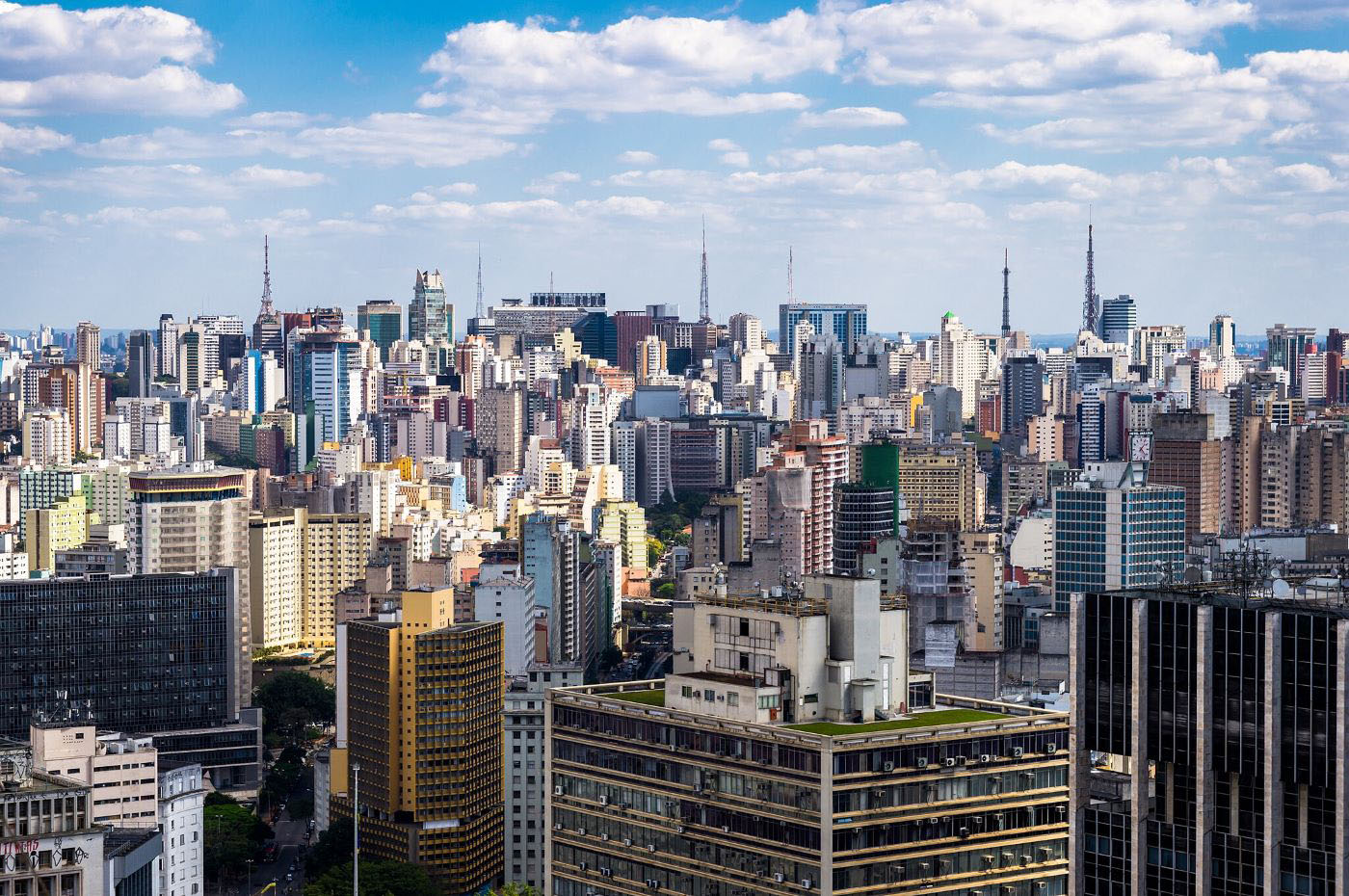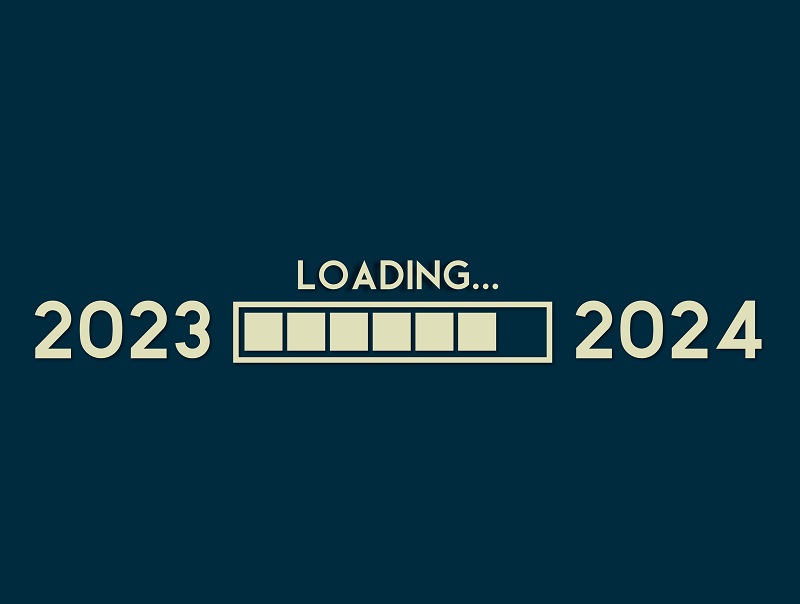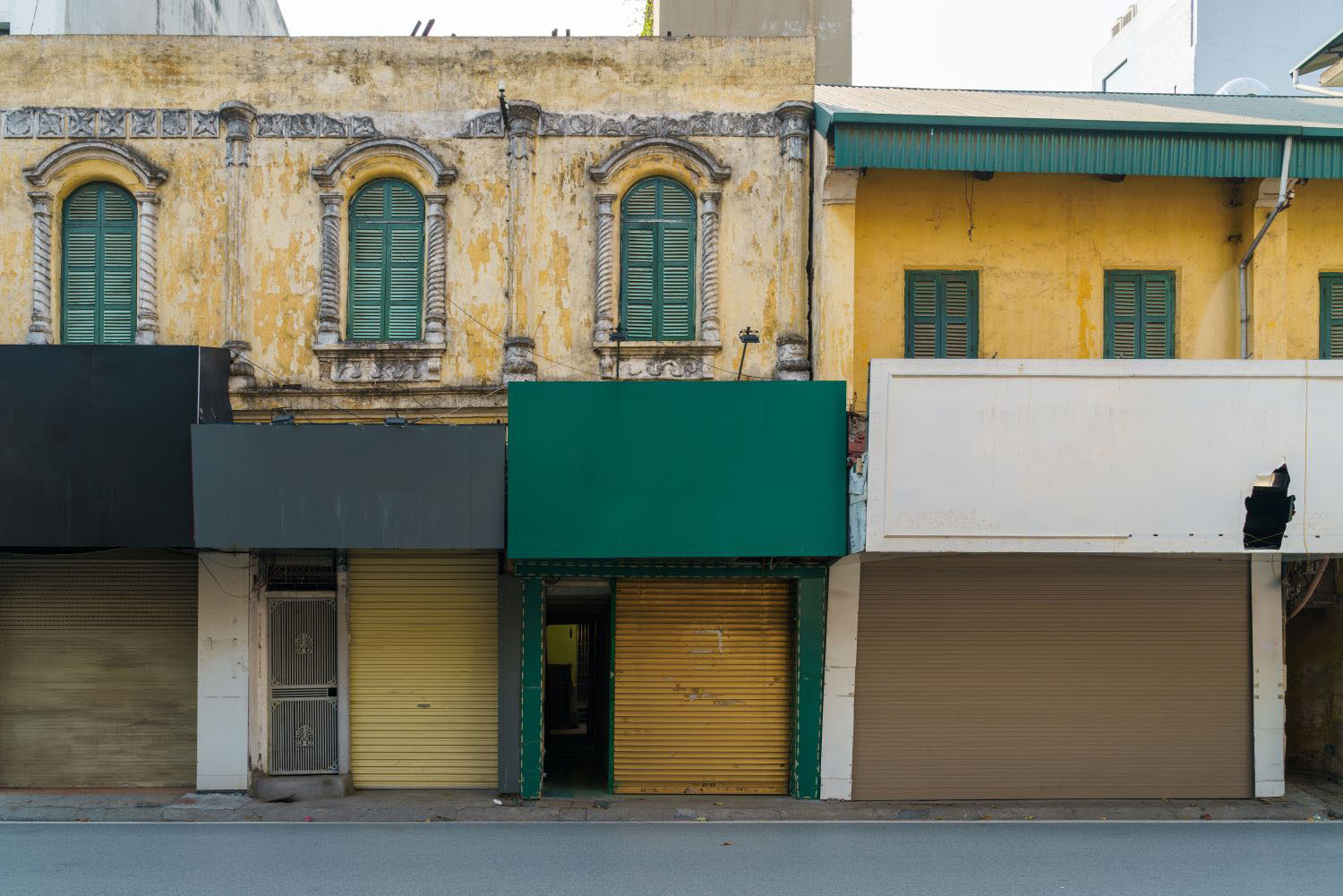Last Wednesday the U.S. Federal Reserve Board announced that it had provided temporary liquidity swaps of $30 billion each with Brazil, Korea, Mexico, and Singapore, thereby significantly expanding the circle of countries that the Fed works with in this manner. This is a very welcome move. Since the beginning of the financial crisis, the Fed has made such currency swaps available to central banks in high-income economies, to help them shore up the value of their currencies as depositors and investors flee to dollar-denominated accounts.Why does this matter? The financial crisis has resulted in a sudden, unprecedented demand for dollars. As a result, many other currencies have faced sharp and sudden devaluations. In Brazil and Mexico, the speed and magnitude of these unexpected devaluations have caused serious problems, including some large corporate bankruptcies, for firms that had borrowed in dollars or hedged against an appreciation of local currencies. If this trend had continued, local banks would have been threatened and the governments might have had to intervene to bail-out corporations under stress. Governments would have been forced to take monetary and fiscal steps that would have exacerbated recessionary pressures. In the extreme, these countries could have faced a full-fledged currency and even banking crisis.While the United States, Europe, Japan and China have the means to implement counter-cyclical policies -- such as cutting interest rates and expanding their fiscal deficits -- many other countries faced with a sudden downturn have little choice but to tighten their belts by adopting pro-cyclical policies that exacerbate economic contractions, such as interest rates hikes and fiscal austerity measures. In the 1980s such policies made sense because many developing country governments had pursued unsustainable macroeconomic policies. This is not the case today, when the problems these countries face originated in Washington and New York.Some important questions remain. Will $30 billion in swaps be enough? Why were other countries such as India not included in the program? Regardless, this move is a watershed in U.S. monetary policy: it signals that the United States stands ready to accept its responsibility in global markets beyond the club of the rich. It will make the adjustment process more symmetrical, because well-behaved emerging countries are being treated as grown-ups. It also signals the beginning of a different type of arrangement that will probably be institutionalized one way or the other when the new financial architecture is finally designed.
CGD blog posts reflect the views of the authors, drawing on prior research and experience in their areas of expertise.
CGD is a nonpartisan, independent organization and does not take institutional positions.





